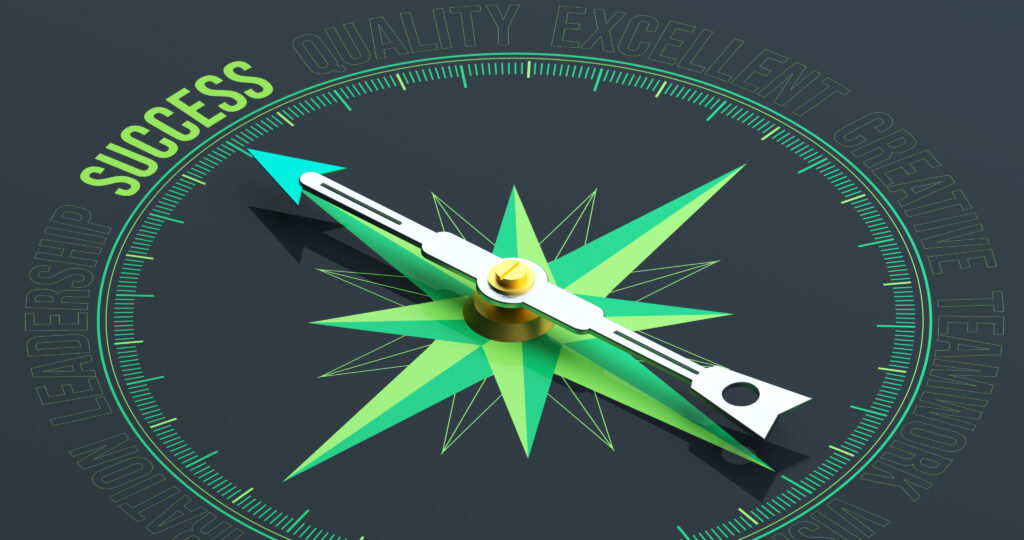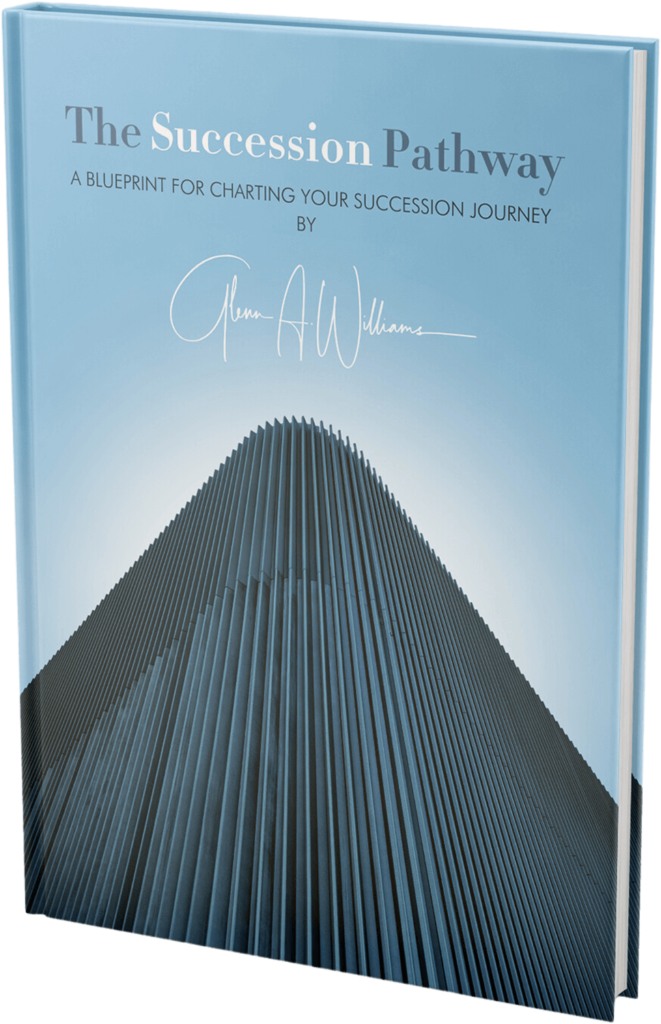When I get into my car these days, something quite magical happens. It is so extraordinary in fact that it is easy to take it for granted. Here is what I’m talking about:
- First, my iPhone and car wirelessly connect via Bluetooth
- Then Apple CarPlay automatically talks to the Calendar app on my iPhone and offers me its best guess of my intended destination, different routes I could take there, confirming both the distance I’ll need to travel and my anticipated arrival time for each option
- I pick my route and click the “Go” button and we are away
- My car talks to me as a I drive along, providing timely instructions of when I need to turn left or right, recommending from which lane I make those turns
- Then my journey takes me onto the freeway, so I turn on the radar cruise control and let the lane keeping assistant guide my steering wheel to follow the white lanes marked on the roads
- However, I am halfway to my destination when I receive notification that there is heavy congestion on the freeway I am travelling on and that the system would like to re-route me to the fastest alternative route available
- I click “ok” and the system dynamically re-routes me, providing updated distance and arrival time information
- 5 minutes later, I receive a SMS on my phone, which I click on using a button in the centre console of my car, where my left hand happens to be already resting. Then Siri reads my new message to me, asks me whether I want to respond, dictates my response and turns it into text, reads it back to me, politely checks whether I am ready to send it and for good measure orally confirms that the message was successfully sent.p
It all happens so seamlessly. I might even go as far as to call it miraculous. But we didn’t get here overnight. The evolution of this guidance system is only possible because of the collaboration that has been occurring over the past few decades between hardware companies, communications companies, software companies, car manufacturers and governments. This guidance system is in fact the convergence of multiple sub-systems communicating with each other, coordinating their roles in orchestrating smooth journeys for drivers and passengers alike.
Perhaps it is easier to appreciate the magic when you compare the above scenario to the alternative: the traditional paper-based street directory book we previously used to navigate from A to B. You might for example recall the frustration of having to pull over periodically to memorise the next stage of your journey if you were travelling solo. If you’ve never experienced this, your parents and grandparents certainly did. Consider also those situations where new roads and bypasses are built and old roads get changed, making a street directory out of date or invalid. What happens when you leave your city limits, cross a state border or leave one European country and enter another…
As I marvelled at the modern majesty of the guidance system that reliably moves me to my next destination, it also occurred to me that this is ultimately what we are trying to do when we engage in strategic planning for modern organisations. It is not just about creating a strategic plan. We need to shift our focus to creating and augmenting the strategic guidance system that helps our leadership team (board and executive managers) successfully navigate from where we are to where we want to be.
This paradigm shift also got me thinking about the challenge leadership teams (boards plus executives) have when it comes to measuring and assessing the value of strategic planning. The investment organisations makes today when they spend time, energy and money on strategic planning has a long-term (5-10 year) payback. The problem: many of the people in the leadership team may not be here to enjoy the fruits of that labour. Indeed, members of our leadership team may need to accept lower short-term rewards (i.e. profits and dividends) to achieve longer-term prosperity (e.g. competitive advantage such as economies of scale, share price appreciation, better corporate citizenship, a sustainable global economy, a meaningful legacy, etc).
The solution I created is a methodology for uncovering how well a strategic guidance is working in an organisation. We can do this by measuring the strategic fitness of an organisation. By strategic fitness I don’t mean the organisation that is the strongest or fastest. To me strategic fitness means the organisation that achieves and maintains the best fit. This idea of best fit is twofold:
- an internal fit (how well members of a team see and understand something)
- an external fit (how well an organisation’s purpose and value proposition match the needs of its stakeholders, including customers, suppliers, the community)
Assessing the strategic fitness of an organisation begins with a focus on the internal fit: through analysing the shared understanding of the organisation’s strategy within the leadership team. This is the first step in improving the strategic fitness of an organisation.
nLIVEn helps people do this by visually analysing 20 different components on an organisation’s strategy. The 20 components can be used off the shelf or tailored to an organisation. This diagnostic approach also makes it easier for leadership teams to objectively prescribe a strategic planning process that is tailored to the highest current needs of their organisation.
The next step is creating a strategy roadmap – a five-year strategy journey designed to progressively improve and sustain the strategic fitness of an organisation. This involves determining which components of an organisation’s strategy should be prioritised for development – in terms of being created, upgraded or updated.
Conclusion
As we look towards the future of personal transportation, self-driving cars may well be the biggest transformation we shall see within our lifetimes. Tesla for example has now accumulated more than a decade of data about how thousands of human beings drive cars. This database of driving experience coupled with the power of machine learning and artificial intelligence is helping move us into a world where the possibility that self-driving cars are even safer than human-driving cars is becoming more probable by the day.
Likewise, getting started on developing a strategic guidance for your business is an important step towards creating a self-managing organisation. A self-managing organisation:
- embeds the knowledge in people’s heads about the best way to get things done into processes and procedures that people use to produce consistent outcomes for stakeholders (including clients and customers, employees, boards and shareholders)
- reduces accidents, waste and interpersonal conflict
- intelligently leverages and integrates technologies to automate many of the tasks that no longer need to be performed by people
- allows people to enjoy weekends off and holidays away, free from interruptions from their co-workers, customers, managers and suppliers
- links the organisation’s strategy to the projects and tasks that front line workers chose to perform each day, aligning intention with attention
- allows customers to more explicitly understand the strategy of the organisation which builds trust and loyalty
Even when key people leave an organisation or disaster strikes, a robust strategic guidance system helps keep the leadership team on track across all 8 horizons of focus.
In a volatile and uncertain world of escalating complexity and increasing ambiguity, we need dynamic people and enterprises that competently adapt to change. This makes a strategic guidance system the ultimate competitive advantage modern organisations need to build to ensure they succeed.
In closing, we need to appreciate and recognise that building a strategic guidance system is part of moving to a more transparent way of working together. Some people within our teams may resist this shift, consciously and unconsciously fearing that sharing and embedding their knowledge into the guidance system reduces their power and job security within an organisation. The truth is, it does. A strategic guidance system reduces key person risk and key person errors (namely bad decision making within leadership teams). There are many upsides we need to help such team members who show up as resistors come to appreciate. The strategic guidance system will liberate them (and the rest of us) to actually do their best work with less effort, time, expense and friction. They stand to gain much more than they’ll lose. However, they’ll likely need some help to appreciate that they need to give up something to get more of what they want. Nonetheless, when we win over a resistor, we (and they) may ultimately be pleasantly surprised to find that they become a champion for this new way of guiding strategic progress within our organisation.
About The Author
Glenn has over twenty years’ experience as a CEO, Director and Chairman, having served on the board of more than twenty different organisations. Glenn’s marketing and technology background combined with advanced skills in leading strategic dialogue assist boards ensure their organisations flourish by successfully adapting to change.
The concept of a strategic guidance system was invented by Glenn A. Williams for nLIVEn to help prevent people making the mistake of seeing strategy as a periodic project but rather seeing strategy as an ongoing way of working.
A strategic guidance system helps a leadership team (board and executive managers) successfully navigate the path from where an organisation is to where it wants to be.
An audit of the strategic guidance system independently assesses the current business strategy, how suitable it is for a business and whether an organisation is in a position to execute the strategy. It includes quantitatively analysing the strategic fitness of an organisation, which can then be used to measurably improve the strategic fitness of an organisation over time.
Performing a strategic guidance system audit on an annual basis helps ensure the prosperity of an organisation, as the strategy needs to constantly be considering market conditions and changes. In this respect a strategic guidance system audit is a tool for adapting to change, thereby enhancing adaptability.
In the essay “Adapting to Change”, Glenn A. Williams decodes how adaptability can be improved for individuals, teams and organisations by using a four step process for adapting to change, that becomes an unconscious competence.







